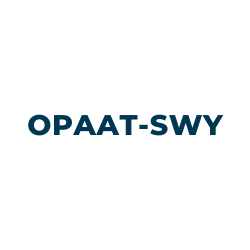As a young manager, I was concerned with the behaviours of some of my team members. These behaviours were new manifestations from some, while it was just part of their personality/character for others.
I observed poor work ethic, lack of initiative, low drive, negative about everything, etc. However, other team members displayed highly driven, focused, results-oriented behaviours, always with a positive outlook on negative situations, etc.
With psychology not being my area of expertise, I decided to take the opportunity to use social psychologist Douglas McGregor's theories on employee behaviour within an organisation to see if it would help with my little self-study.
I compiled McGregor's two theories which I'm calling in this article "The Carrot" and "The Stick", and sent them out to the team and asked them to indicate which points in the theory they agreed with most as it relates to how they work and their preferred style of management.
For those of us unfamiliar with McGregor's theories, they are as follows:
The STICK: Theory X
Assumption: Management's role is to coerce and control employees.
- People have an inherent dislike for work and will avoid it whenever possible.
- People must be coerced, controlled, directed, or threatened with punishment to get them to achieve the organisational objectives.
- People prefer to be directed, do not want responsibility, and have little or no ambition.
- People seek security above all else.
The CARROT: Theory Y
Assumption: Management's role is to develop employees' potential and help them release that potential towards common goals.
- Work is as natural as play and rest.
- People will exercise self-direction if they are committed to the objectives (they are NOT lazy).
- Commitment to objectives is a function of the rewards associated with their achievement.
- People learn to accept and seek responsibility.
- Creativity, ingenuity, and imagination are widely distributed among the population. People are capable of using these abilities to solve organisational problems.
- People have potential.
The Results
The results from the questionnaire were no surprise as 95% chose The CARROT. Interestingly, the other 5% saw it as "some sort of" conspiracy or "trick" and decided not to answer.
Notwithstanding the five percenters, it was clear to me that the employees/team members prefer development "the carrot" even though their behaviours in some or most instances, depending on the organisation's culture, were an oxymoron to their preferences.
So my next question was, "Why isn't this happening?" which I have deduced comes down to three reasons.
Leadership: "THE CARROT"
The CARROT energises people; that carrot can be your mission, vision, incentive, goals, etc. Furthermore, team members build a connection to the role/function they play in the whole scheme of things.
Have you ever been involved in a successful project? If yes, then you know that in telling the story, the one part that never gets left out is the role you played towards that success.
As a leader, it is essential to ensure you are clear in getting your team connected to the BIG PICTURE and communicating exactly their role and its importance. While there will be those, who would not want to participate, you must be consistent in getting that message out to everyone.
1. Management: "THE STICK"
Let me start by saying that management and leadership are not the same.
While carrying the title of "manager", we assume the title of leader; not all managers are good leaders and vice versa.
The manager's role is to execute the tasks, goals, and objectives successfully. This is where The STICK approach comes into play, but it does not have to be a draconian or autocratic approach. As the manager, you are the driver of the process and activities towards achieving the common goal.
Great managers know how to balance leadership and management, which shows in their team’s success.
2. The Employee
As much as Theory Y puts the responsibility on management, employees must also hold themselves accountable. Each employee must have a carrot and stick approach to themselves. What are their personal goals, how will they achieve them, and how will they hold themselves accountable.
It's natural for employees to sometimes fall out of love with their organisation from time to time. If this happens, it's wise to reevaluate if the company's purpose, goals and values align with yours. If not, it might be a good idea to request a change in role, position, department or organisation.
The CARROT, in the instance of an employee, should be their own WILL and DRIVE to GROW in their profession. Far too often, I have seen colleagues move from one organisation to the next with no upward movement.
Sales representative today - sales representative tomorrow, CSR today - CSR tomorrow, Technician today - Technician tomorrow. It's wise to align your growth to that of the organisation, and even if you may not aspire to move up the corporate ladder, your performance and value to the organisation over time should improve.
The Conclusion
The Carrot and The Stick are needed but should not be applied with a broad brush as employees are at different stages.
It would also be wise to note that with poor leadership and management, an employee that falls into Theory Y today can become despondent and show characteristics of Theory X tomorrow and vice versa.
Found This Article Helpful? Subscribe Below For More Like This




COMMENTS